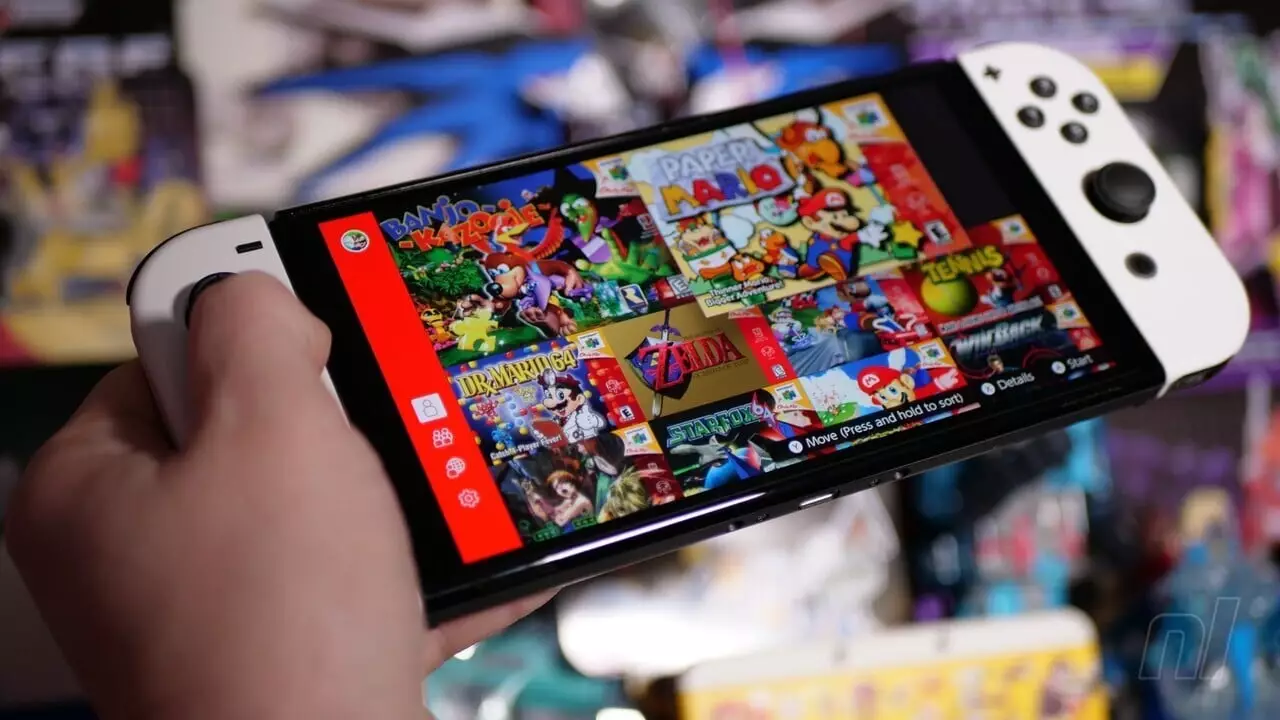Nintendo’s Virtual Console service was a significant milestone in gaming history, revolutionizing the way fans accessed classic titles. Launched for the Wii in 2006, it gave players the chance to purchase and download beloved retro games from platforms like the NES and SNES individually. This service allowed nostalgic players to revisit their favorite titles with ease. However, as technology evolved and Nintendo transitioned to the Switch, the gaming landscape began to change, leading to the eventual integration of a subscription-based model through Nintendo Switch Online.
According to recent data leaks, Nintendo initially envisioned a continuation of the Virtual Console experience with the Switch. This endeavor, codenamed “Clipper,” was allegedly developed around 2015 in collaboration with iQue and M2, and potentially involved other teams like NERD. The concept was to provide subscribers of Nintendo Switch Online with one free classic game each month, retaining the essence of the Virtual Console, albeit with a modern twist.
In its early stages, Clipper aimed to combine online functionalities alongside retro gaming. Features such as “CRT mode,” which simulated the feel of playing on older television screens—complete with nostalgic sounds like TV static and power button noises—were in the works. However, this ambitious vision never fully materialized and was ultimately sidelined as plans shifted towards a more comprehensive Switch Online model.
Around May 2017, the development of Clipper began to wane, coinciding with Nintendo’s decision to emphasize a different approach. The inception of the L-Classics project redirected resources towards creating a long-term model for their online library, effectively replacing the original concept. This shift culminated in the announcement of a range of classic game libraries available through Nintendo Switch Online, offering a tiered approach rather than the straightforward purchase model that Virtual Console provided.
This strategic pivot raised questions among fans regarding the viability of a more straightforward purchasing strategy for classic titles instead of the current subscription service that is in place. By enforcing a system that encourages gamers to pay for ongoing access, Nintendo may have sacrificed the simplicity and nostalgia that the Virtual Console captivated in its heyday.
As we reflect on the potential of the Virtual Console on Switch, it becomes evident that Nintendo’s strategic choices significantly impacted how fans experience their cherished titles. While the current Switch Online model offers a vast library of games and reliable online play, it may not evoke the same sense of ownership and nostalgia that came with individual purchases on the Virtual Console.
In an age where gamers seek immediate access to nostalgia without the need for recurring payments, one can only wonder: would the gaming community have preferred a model that maintained the essence of the Virtual Console rather than embracing subscription-based restrictions? Ultimately, while the Switch Online service provides convenience, it lacks the personalized charm that retro gamers once enjoyed—a sentiment that will likely continue to resonate among dedicated fans of Nintendo’s rich gaming history.


Leave a Reply